Threat Intelligence (TI) is important information that helps organizations and individuals identify, assess and respond to security threats. But do you really understand TI and its important role in protecting your system from threats?
Please follow the AZCoin article below to explore the details of Threat Intelligence and its importance.
What is Threat Intelligence?
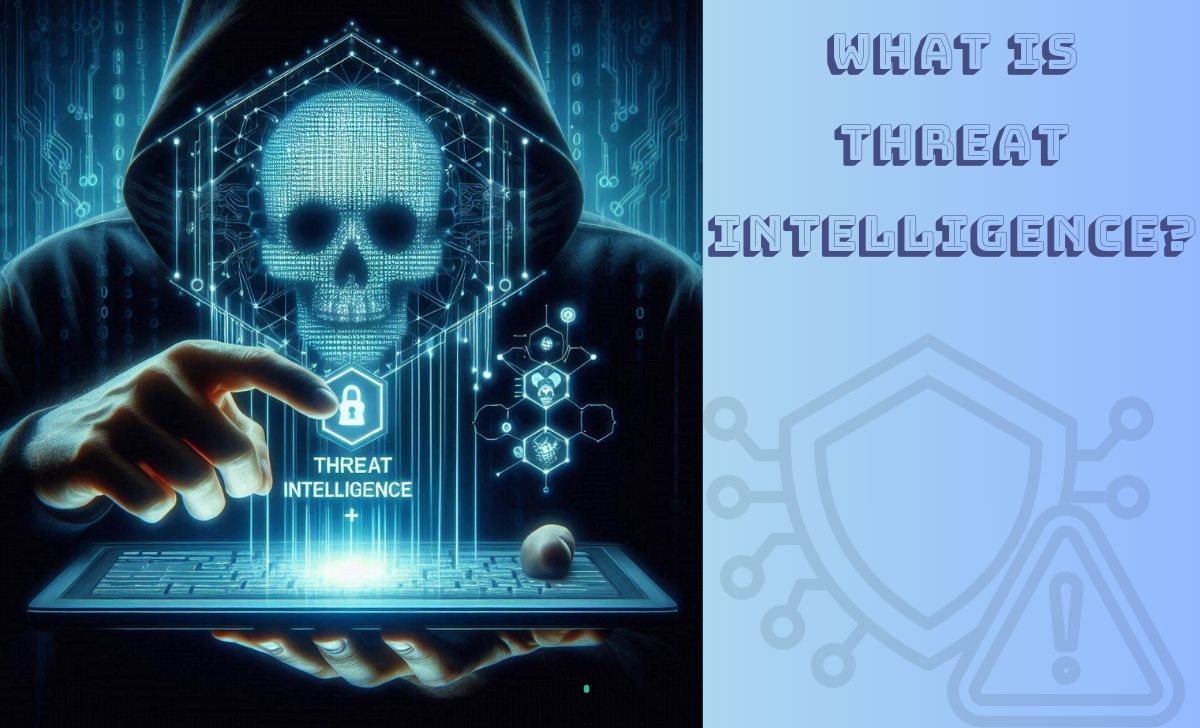
Threat Intelligence is the collection, analysis and application of information related to security threats and cyber attacks. The goal of TI is to help organizations and individuals better understand potential dangers and attacker behavior, thereby providing effective prevention and response measures.
Types of Threat Intelligence
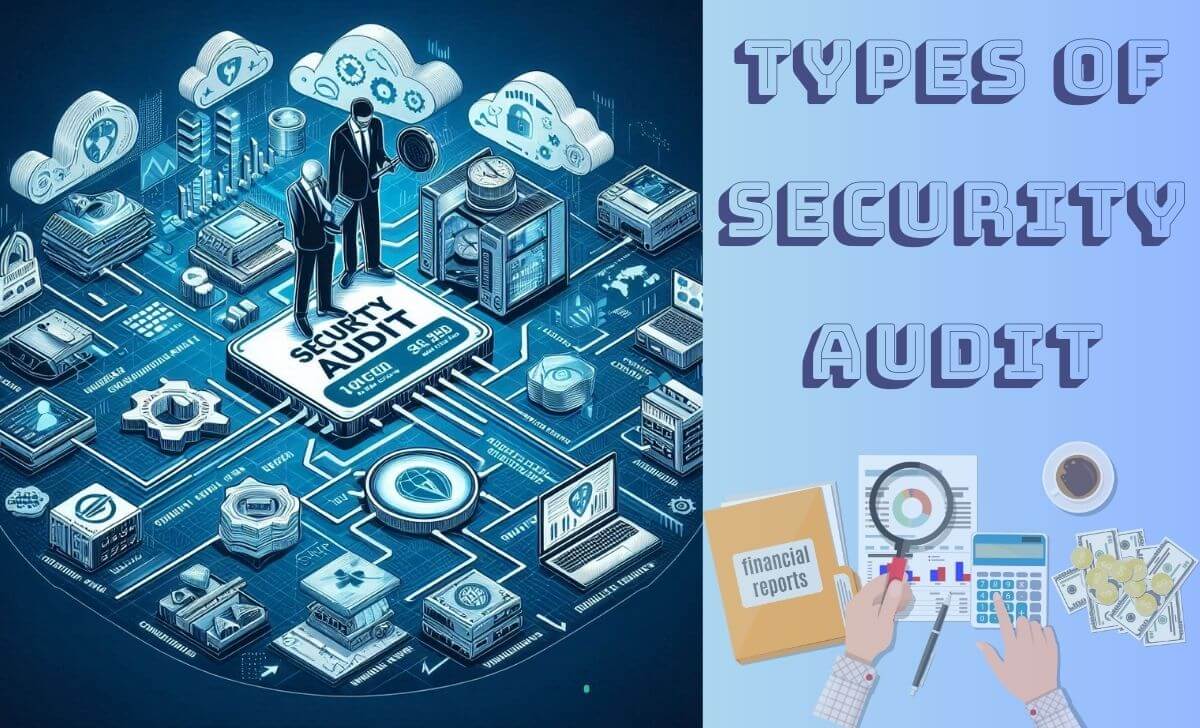
Threat Intelligence is divided into four main categories as follows:
Tactical Threat Intelligence
Tactical Threat Intelligence focuses on specific information about the methods and techniques used by attackers. This includes details about the tools, attack methods and specific attack signatures. Understanding these tactics helps organizations adjust their security and prevention measures.
Operational Threat Intelligence
Operational TI provides information about attacker events and activities, such as attack timing, targets and attack methods. This type of information helps organizations predict and respond quickly to ongoing threats. By understanding attacker activities, organizations can improve their detection and response capabilities.
Strategic Threat Intelligence
Strategic TI deals with long-term trends and global threats. It provides an overview of the dangers that may affect an organization in the future, helping leaders make strategic decisions and build long-term security plans. This type of information is often used to assess risk factors and market trends.
Technical Threat Intelligence
Technical Threat Intelligence focuses on the technical details of threats, including malicious IP addresses, malware hashes and vulnerabilities. This information helps security engineers detect and block attacks based on specific technical factors.
Importance of Threat Intelligence
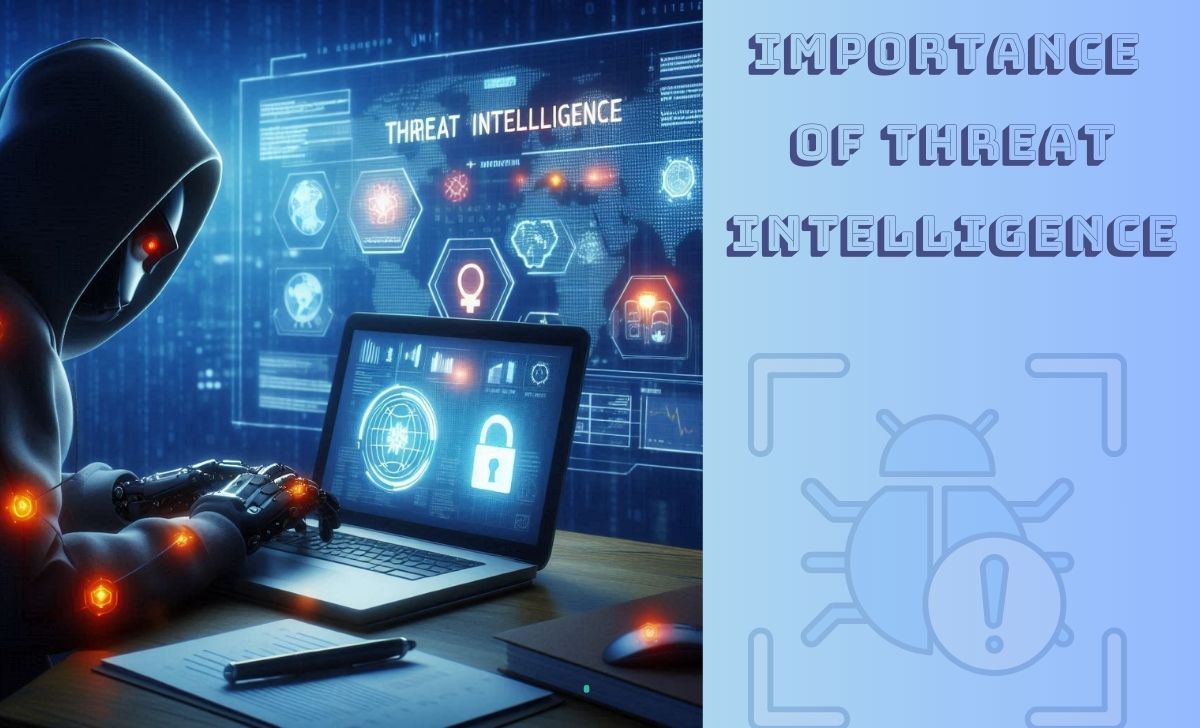
Threat Intelligence plays a vital role in protecting systems and data from security threats. Below are some reasons why TI is important:
- Improved attack detection: Through TI, organizations can detect attacks earlier thanks to detailed information about attack methods. This helps minimize damage and protect important assets.
- Improved response capabilities: TI provides specific strategies and responses, helping organizations respond more quickly and effectively when incidents occur. They help organizations maintain business continuity and minimize downtime.
- Effective risk management: With detailed information about threats, organizations can assess and manage risks more accurately. This helps organizations make appropriate security decisions and minimize security-related risks.
What does Threat Intelligence do?
Threat Intelligence has many important functions in security, including:
- Threat detection and analysis: Provides detailed information about threats and how they operate, helping organizations detect and analyze attacks effectively.
- Providing preventive measures: Based on the collected information, Threat Intelligence provides specific security strategies and measures to prevent threats and minimize damage.
- Supporting incident response: Providing information about threats in real time, helping organizations respond quickly and effectively to attacks. Rapid response helps minimize the impact of attacks on the organization’s operations.
- Risk assessment: Helps organizations assess the level of risk and impact of threats, thereby making appropriate security decisions and protecting important assets, ultimately reducing the chances of a security breach.
What Threat Intelligence tools are available?
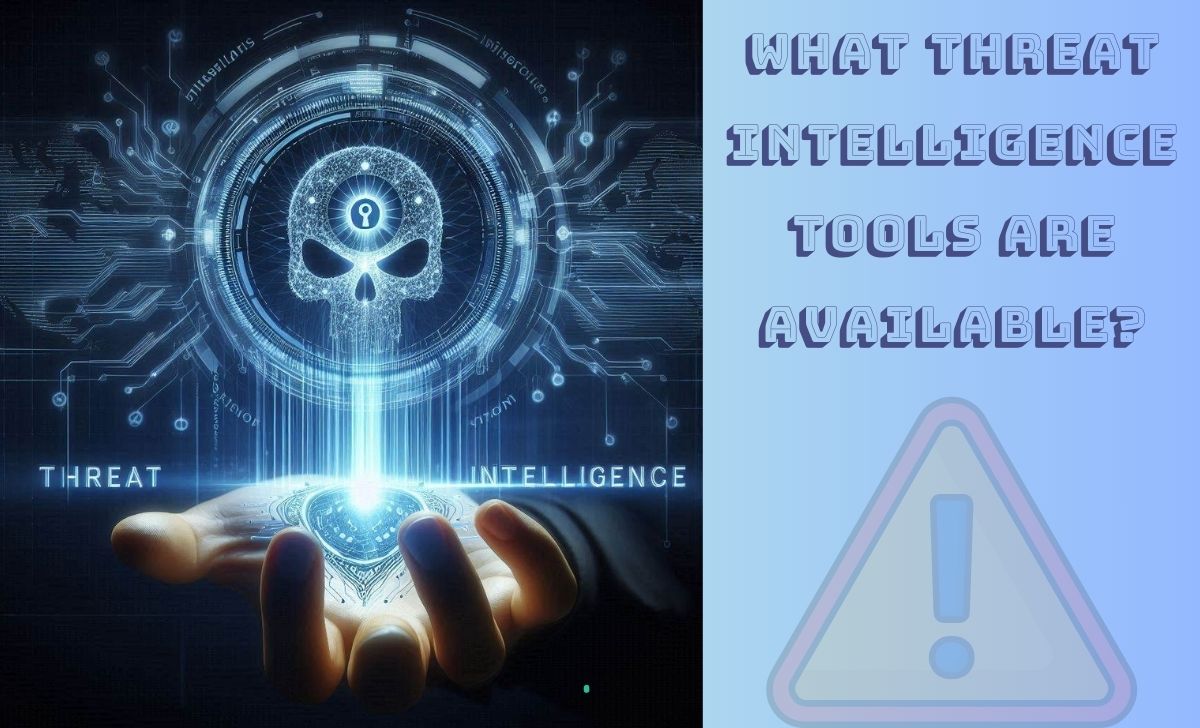
There are many Threat Intelligence tools that are useful in protecting your systems and data. Below are some popular types of tools:
- Malware disassemblers: Malware analysis tools help analyze and understand how malware works. They allow the analysis of malware source code to learn about attack techniques and methods.
- Security information and event management (SIEM) tools: SIEM tools help collect, analyze and manage security information from various sources. They provide an overview of security events and help detect threats. SIEM tools help organizations monitor and analyze security events in real time.
- Network traffic analysis tools: Network traffic analysis tools help monitor and analyze network activities to detect anomalous behavior and potential threats. They help organizations detect and prevent network behavior-based attacks.
- Threat intelligence communities and resource collections: TI communities and resource collections provide the latest information and updates on threats. They help share knowledge and experience among security professionals.
For those looking to secure their crypto investments alongside their network security, exploring reliable platforms like AZcoin – best crypto exchange 2024 can be a prudent choice.
Threat Intelligence process
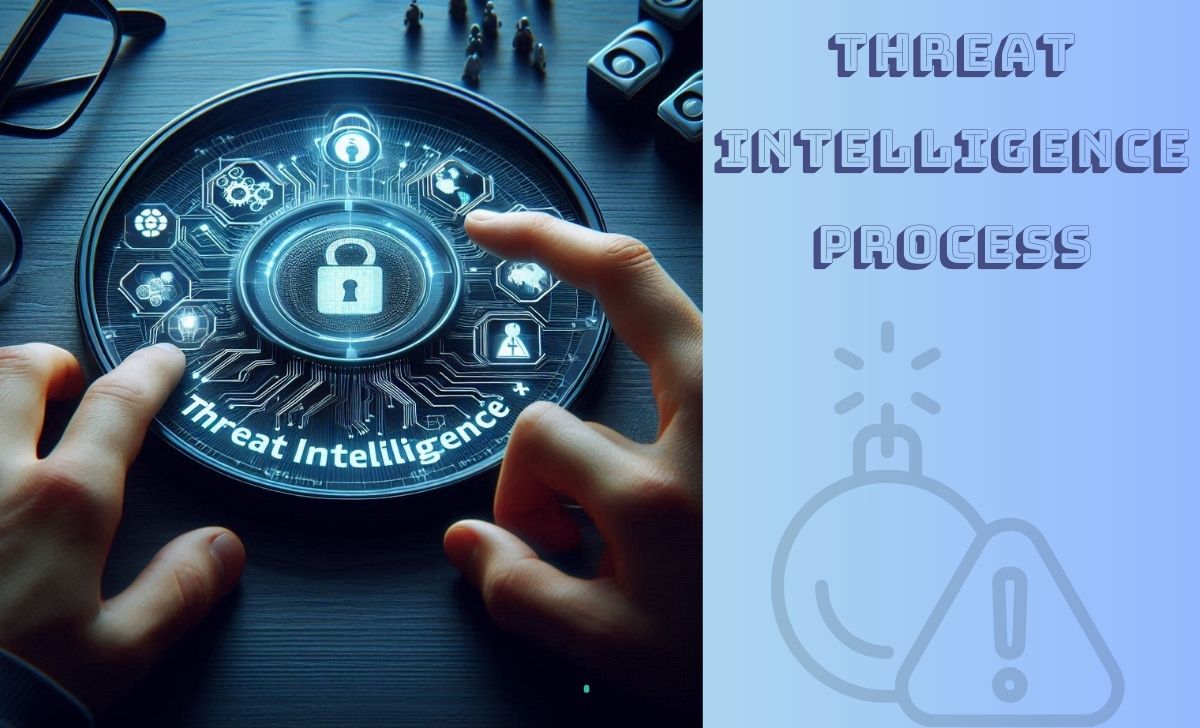
The Threat Intelligence process typically consists of seven main steps as follows:
- Define the objective: First, clearly define the objective of gathering threat intelligence. This may include protecting sensitive data, detecting potential attacks or improving the organization’s response capabilities.
- Collect data: Next, collect data from a variety of sources such as system logs, social media, security reports and other public information sources.
- Analyze data: The collected data needs to be processed and analyzed to identify potential threats. This may include the use of data analytics and artificial intelligence tools.
- Generate reports: After analysis, generate detailed intelligence reports on the identified threats. This report should include information about the source, attack method and preventive measures.
- Disseminate information: Share intelligence reports with stakeholders within the organization, including security teams, management and other relevant departments.
- Take preventive action: Apply preventive actions based on the information gathered. These actions may include software updates, security configuration changes and employee training.
- Evaluate and improve: Finally, evaluate the effectiveness of the TI process and make necessary improvements to enhance the organization’s security posture.
Challenges in implementing Threat Intelligence
Implementing Threat Intelligence brings many benefits to cybersecurity, but it also faces some significant challenges:
- Large data volumes: TI requires the collection and analysis of large amounts of data from a variety of sources. This requires the system to have powerful and efficient data processing capabilities.
- Lack of skilled human resources: To effectively deploy and operate a TI system, a team of experts with extensive knowledge of cybersecurity and data analysis capabilities is needed. However, these human resources are often scarce.
- High costs: Implementing TI requires large investments in technology, software and human resources. These can be a barrier for organizations with limited budgets.
- Integration with existing systems: For TI to be effective, it needs to be well integrated with the organization’s existing cybersecurity systems. This process can be complex and time-consuming.
Conclusion
This is a detailed look at Threat Intelligence and its importance in protecting an organization from cyber security threats. Hopefully, this article has given you an insight into the types of TI, the tools and processes involved and the challenges involved in its implementation.

I’m Jessi Lee, currently living in Singapore. I am currently working as a trader for AZCoin company, with 5 years of experience in the cryptocurrency market, I hope to bring you useful information and knowledge about virtual currency investment.
Email: [email protected]











